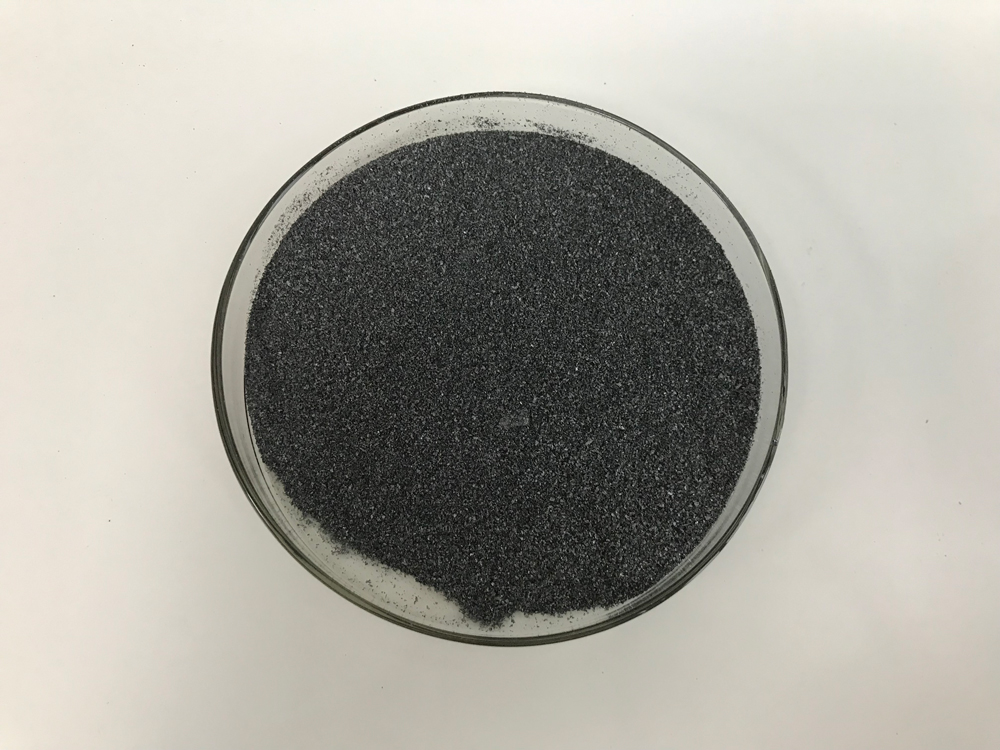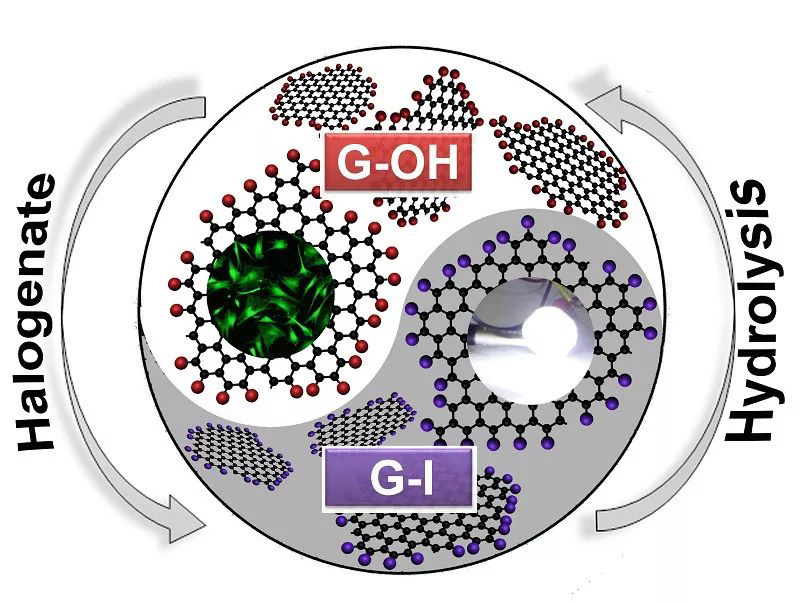Graphene is a single layer of carbon atoms arranged in a hexagonal lattice, forming a two-dimensional structure. It is often considered a wonder material due to its exceptional properties. Some key characteristics of graphene include:
1.Conductivity: Graphene is an excellent conductor of electricity, allowing the efficient flow of electrons.
2.Strength: It is incredibly strong and durable, even though it is only one atom thick. It has a higher tensile strength than steel.
3.Flexibility: Graphene is flexible and can be stretched without deformation.
4.Transparency: It is transparent, allowing light to pass through it. This property makes it suitable for applications in transparent conductive films.
5.Thermal Conductivity: Graphene exhibits high thermal conductivity, making it useful for applications in heat dissipation.
6.Lightweight: Being a single layer of carbon atoms, graphene is extremely lightweight.

These properties make graphene a promising material for a wide range of applications, including electronics, energy storage, sensors, transparent conductive films, and even biomedical devices. Researchers continue to explore and develop new applications for graphene due to its unique combination of properties.
How to use Graphene for best results?
Graphene is a versatile material with many potential applications, including in electronics, materials science, and various industries. To achieve the best results when working with Graphene, consider the following tips:
1.Handle with Care: Graphene is a single layer of carbon atoms arranged in a hexagonal lattice. It is exceptionally thin and delicate, so handle it with care to avoid damage.
2.Substrate Choice: When working with Graphene, choose an appropriate substrate. Common choices include silicon dioxide (SiO2) and silicon carbide (SiC). The substrate can affect the properties of Graphene, so choose one that aligns with your desired outcome.
3.Clean Environment: Work in a clean environment to prevent contamination. Graphene is highly sensitive to impurities, and even small amounts of contamination can affect its properties.
4.Transfer Techniques: If you need to transfer Graphene from one substrate to another, use proper transfer techniques. Methods such as wet transfer or dry transfer can be employed based on the specific requirements of your experiment.
5.Characterization: Characterize the Graphene material thoroughly using techniques such as Raman spectroscopy, atomic force microscopy (AFM), and transmission electron microscopy (TEM) to understand its quality and structural properties.
6.Functionalization: Consider functionalizing Graphene if needed for your application. Functionalization can enhance its properties or enable specific interactions with other materials.

7.Electronic Devices: When creating electronic devices using Graphene, pay attention to the device architecture and fabrication techniques. Graphene’s unique electronic properties can be harnessed for high-performance transistors, sensors, and other electronic components.
8.Temperature and Environment: Be aware of the environmental conditions during your experiments. Graphene’s properties can be temperature-sensitive, so control the temperature appropriately.
9.Collaboration and Resources: Collaboration with experts in Graphene research and utilizing available resources, such as research papers and online databases, can provide valuable insights and help you achieve better results.
10.Stay Updated: Graphene research is an evolving field. Stay updated on the latest advancements, techniques, and applications to incorporate the most recent knowledge into your work.
Always follow ethical guidelines and safety precautions when working with Graphene, and be aware of any applicable regulations and policies in your research or industrial setting.
